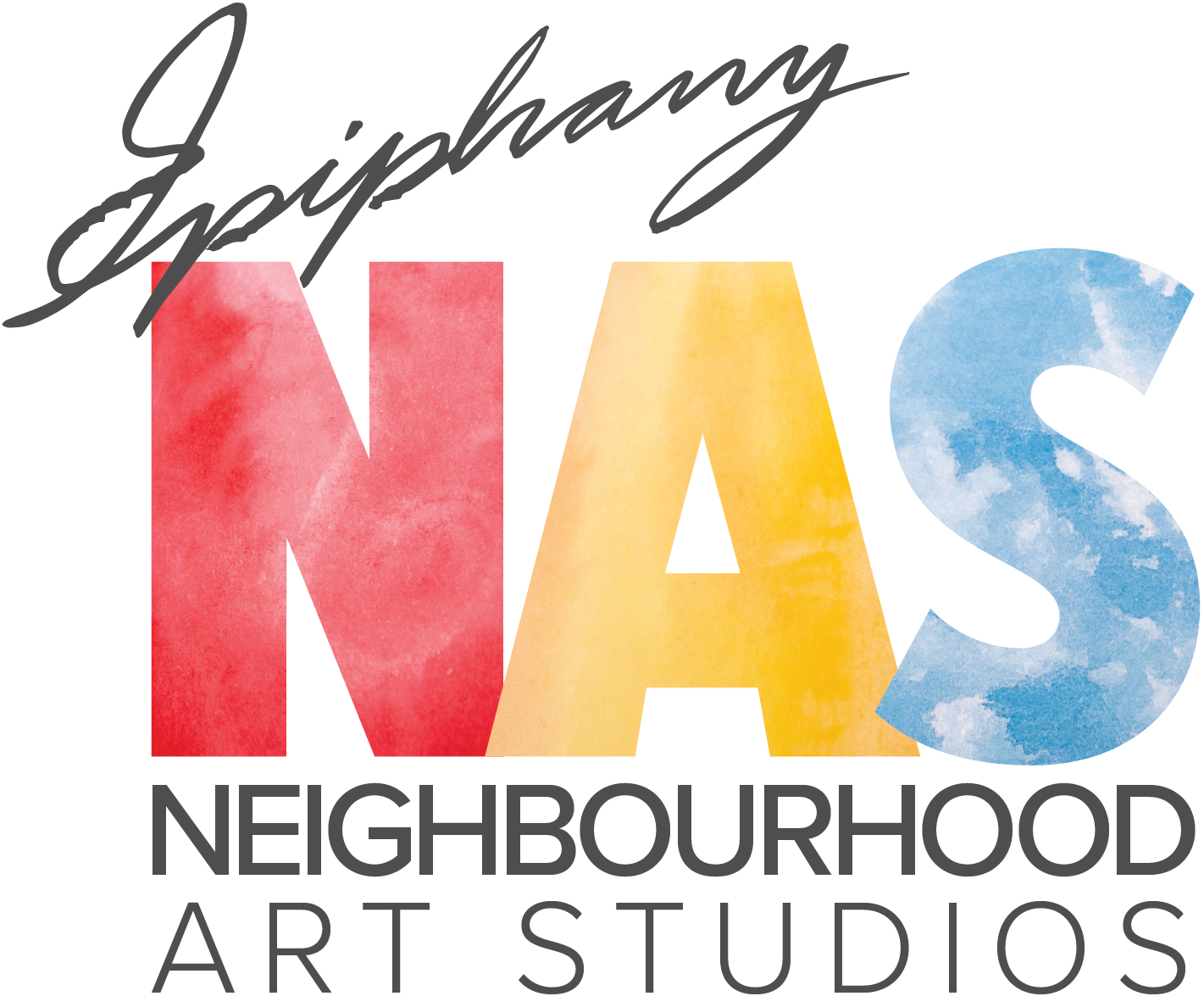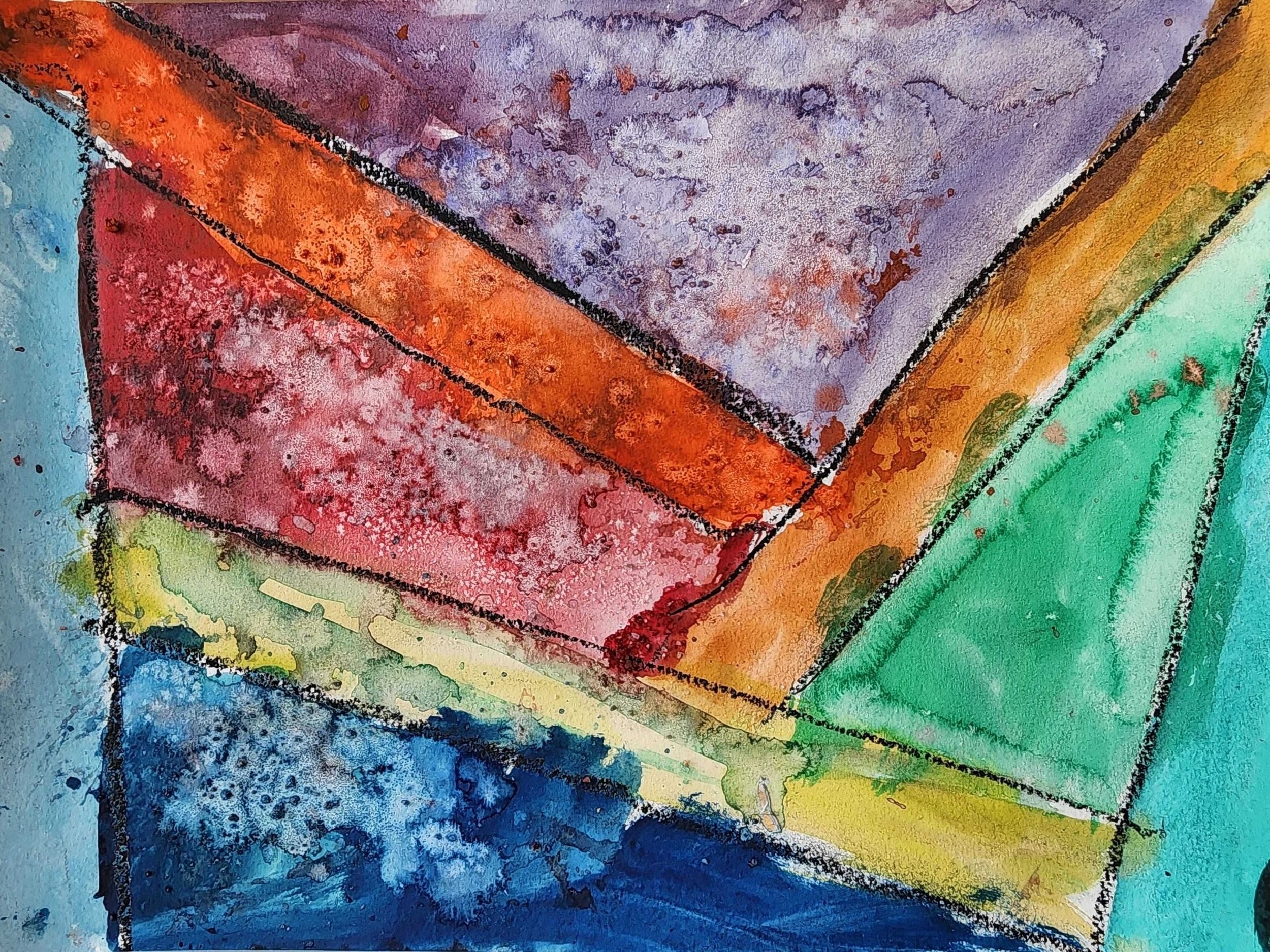Art classes for…
ART ANGELS
FAQs
What is the pricing for these classes?
$35 per class + taxes.
We do offer 50% off your very first class so you can try it out and see if our classes would work for you and your child without a big commitment. Call our office to set up your trial class.
You are also able to purchase multiple classes at a time and save that way.
Booking Last Minute
To sign up for a class within 24 hours of the start time, call the Studio to initiate a manual registration.
Please note that last minute booking is subject to space in the given class, and is not guaranteed.
What will my child be doing?
We work with your child to make sure they get the best out of their time here. With open learning style classes your child gets to pick their own subject matter and medium (acrylic, watercolour, drawing, etc). Instructors will come along side and guide their artistic journey. There will also be short instructive lessons at the beginning of the class to ensure solid art foundations are communicated clearly.
Re-scheduling
If you are unable to attend a class, call our office at 604-455-0344 to reschedule during office hours 10-6 Monday to Saturday. You can reschedule or receive a credit towards a future class depending on the case.
Please do so 24 hrs before your class start time to ensure you are able to reschedule your class. Classes that are missed with no notice are not eligible for rescheduling or refunds. Please see our class policies page to learn more here.
What if I can’t come every day?
At the time of scheduling you are able to remove certain dates that you are unable to attend. This allows you to book a few classes at a time without worrying about paying for a class that you know you will not be able to attend.
If something comes up after your classes have been purchased please let us know and we can work on possibly rescheduling that for you, if given more then 24 hours notice.
What do I need to bring?
You only need to bring your child in clothes that are ok if paint or other art materials accidentally get on them!
Students are encouraged to bring a sketchbook! No supplies are necessary to be purchased, however we do sell art kits. Art kits for sale include the essentials for drawing (26$), watercolour (57$), and acrylic(60$).
What will my child be learning?
-
Line: Diagonal, Vertical, Horizontal, Thick, Thin, Solid, Broken, Parallel, Curved, and Bent
Shape: Outlines, Positive and Negative Shapes, Geometric Shapes, Organic Shapes
Color: Primary Colors, Monochromatic Art, Secondary Colors, Gradations, Cool and Warm, Complementary Colors, Tertiary Colors, Color Mixing and Spectrum
Value: Black and White (Chiaroscuro), Tones of Grey, Colors have Hue and Value, Shading Shapes, (Strong, Bright, Muted)
Texture: Repetition (Rough, Grainy, Hard, Bumby, Prickly, Fluffy), Variety (rough and smooth), Pointillism, Collage,
Form: Taking 2D to 3D, Creating Mass (Cylinder, Cones, Spheres, Cubes, Pyramids, and Prisms)
Space: Single Point Perspective, Two Point Perspective, Three Point Perspective, Looking up or Down, Subject-Horizon Line Relationship, Overlapping, Changing size
-
Balance: equilibrium of elements, creating a sense of order (Symmetric or Asymmetric, formal or informal, rigid or random). Imbalance = awkwardness and discomfort and can be used intentionally.
Contrast: Opposition and juxtaposition of qualities unlike each other. High contrast used to emphasize, dramatize, add variety, and surprise. Low contrast used to soothe, settle, harmonize, and comfort.
Emphasis: The focal point or center of interest in an image is the emphasis. It implies both dominance and subordination and can be used to call attention to specific areas within a work of art.
Movement: Movement is achieved by manipulating the elements to imply motion, to move the viewer’s eye in a decided direction as they look at an image. Movement may be implied through recognizable images in action
Pattern: The repetition of similar motifs on a surface, which creates rhythm. Pattern can be used to organize or unify an object and/or to create visual enrichment. Pattern can be created in an organized way or be created in random fashion.
Unity: Unity Describes a sense of oneness within an image where all qualities work together in a cohesive relationship. Unity can be used to produce feelings of harmony, completeness, and order. Lack of unity can sometimes be used to imply disharmony. Incompleteness, disorder, and dissonance.






